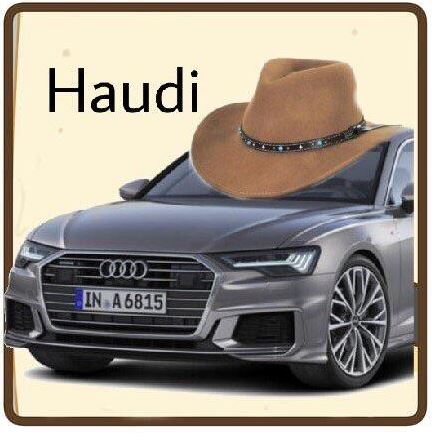

Or had ticker skins and just /ignored assholes.
That was the answer right there. Stuff the assholes in your ignore list and forget that they exist. Too many people on the internet are wanna-be cops out to police everyone else’s ideas, language, or tone. The other person in a dispute is always a Commie or a Fascist and needs to be silenced as quickly and brutally as possible.
The internet wasn’t for normies and making it easy for them to participate was a serious mistake.




Since the study was from Europe I’m going to assume that the primary thing holding people back from plugging in is that they can’t. Many, if not most, of them will live in multi-tenant dwellings and most of those dwellings likely don’t have the infrastructure to make it possible.
It’s the same problem that apartment dwellers here in the US have, there’s nowhere convenient to recharge.